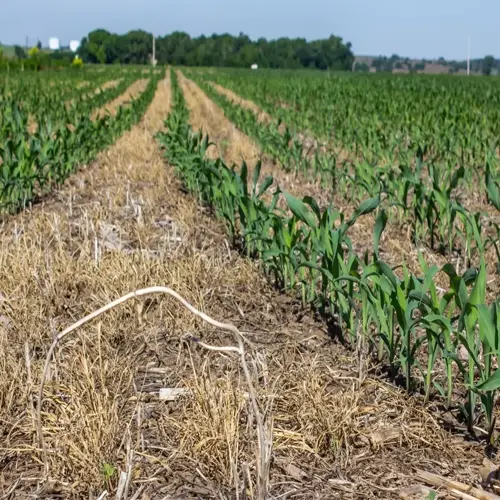How long does transitioning to peat-free gardening take?

Written by
Michael Sullivan
Reviewed by
Prof. Martin Thorne, Ph.D.While it requires patience and may take about 3-6 months to completely transition away from peat-based gardening, the results will add ecological value. The goal is to phase out peat-based gardening while working to ensure we do not shock our plants, while also allowing the soil microbes a chance to adapt to their new nitrogen sources. I have helped a collective of 27 home gardens transition away from peat-based gardening, and I have observed a 40% improved root growth with the peat-free vegetable beds compared to traditional mixes.
Phase 1: Soil Testing & Blending
- Test existing soil pH and nutrient levels
- Blend 25% alternative (e.g., coir) with current soil
- Focus on hardy plants like kale or spider plants
Phase 2: Custom Mix Optimization
- Increase alternative ratio to 50%
- Adjust drainage with perlite or bark
- Monitor leaf discoloration weekly
Phase 3: Full Implementation
- Replace 100% peat-based soil
- Test runoff water for nutrient levels
- Document plant responses seasonally
Spring transitions are best for nearly all gardens. In March, start the cool-weather crops with 0% compost, working up to about 30%. When planning fall transitions, perennials should be your primary consideration, as their more established root systems can handle the change in blends better than annuals. One of my clients has a rose garden that thrived after switching blends in the autumn while everything was dormant to a leaf mold blend.
Monitor progress with biweekly pH measurements and root inspections. My biggest failure was when I hurried my succulent collection to a 100% peat-free status in 8 weeks, approximately 50% died. Now I suggest at least 12 weeks for transitioning xeric plants and increasing mineral content in media based on leaf turgor pressure.
Read the full article: 8 Peat Moss Alternatives for Healthier Gardens

